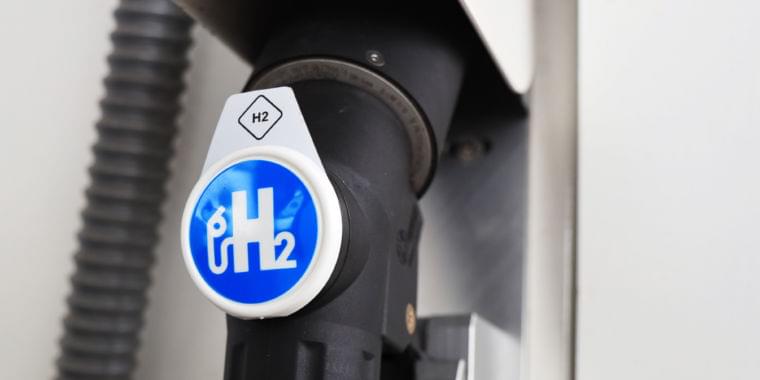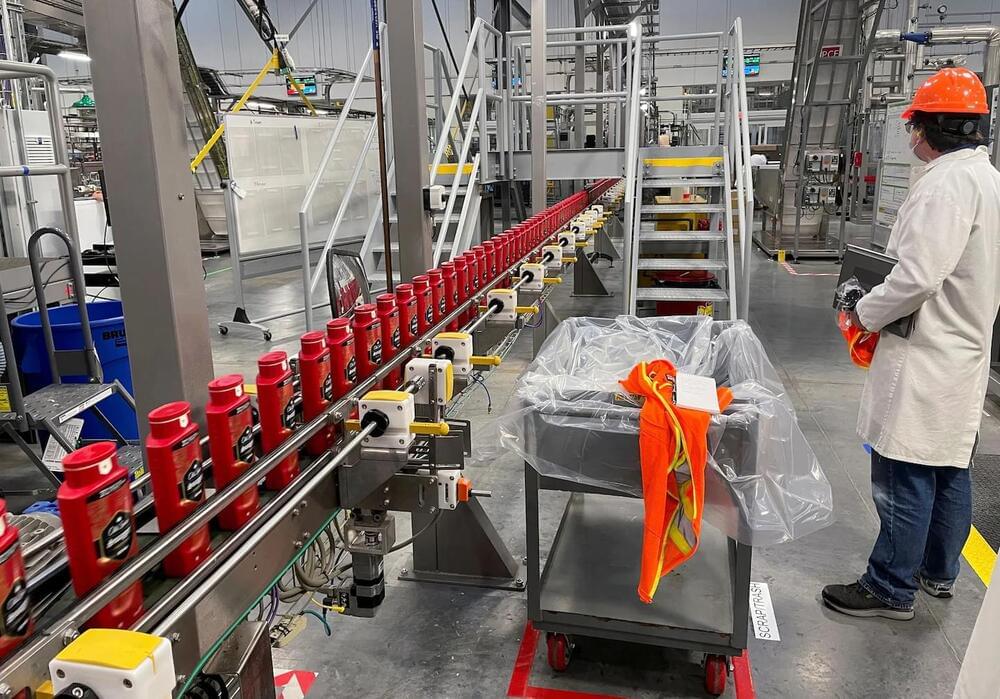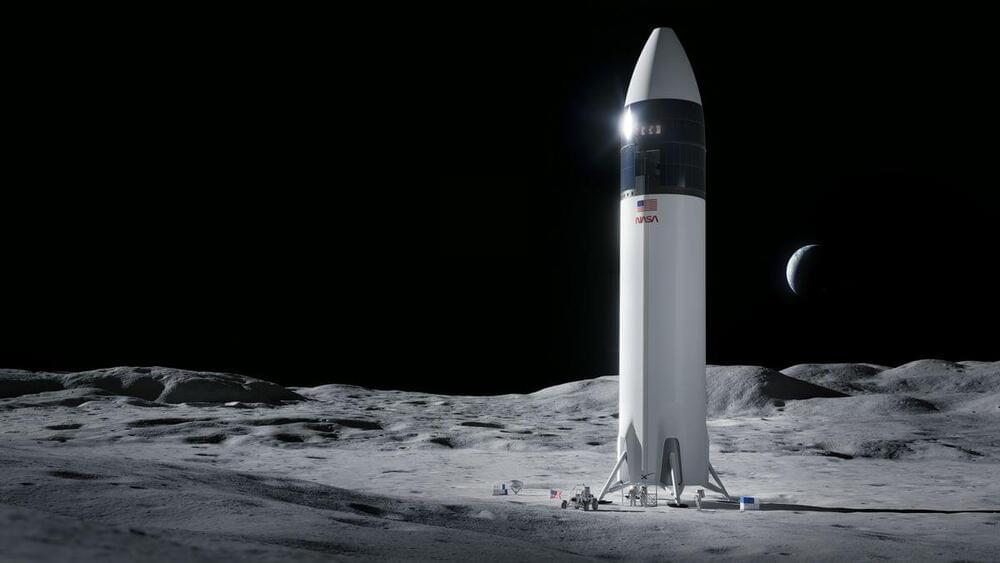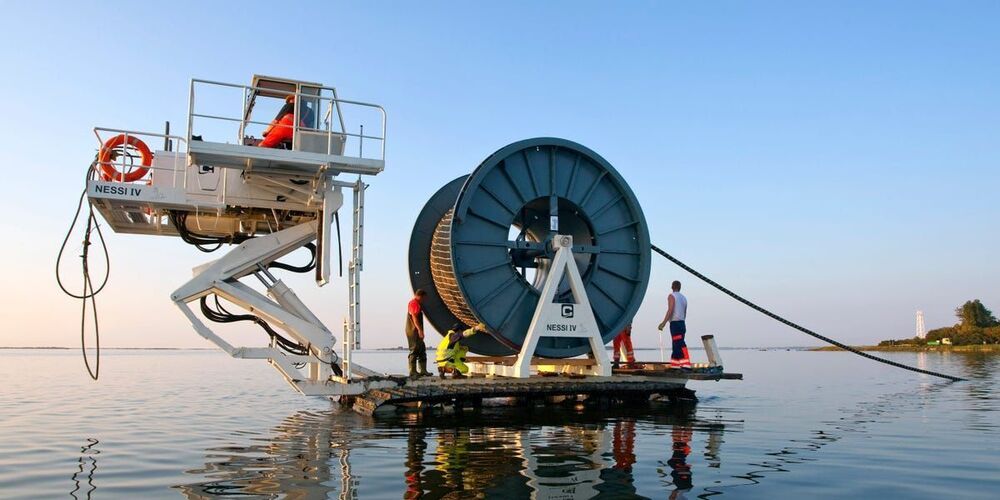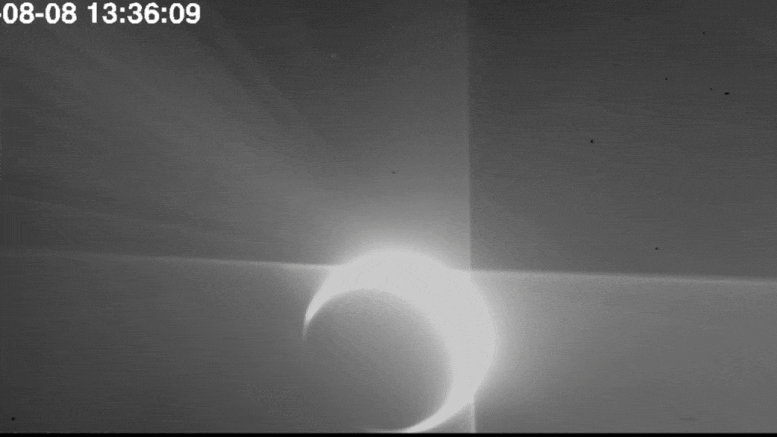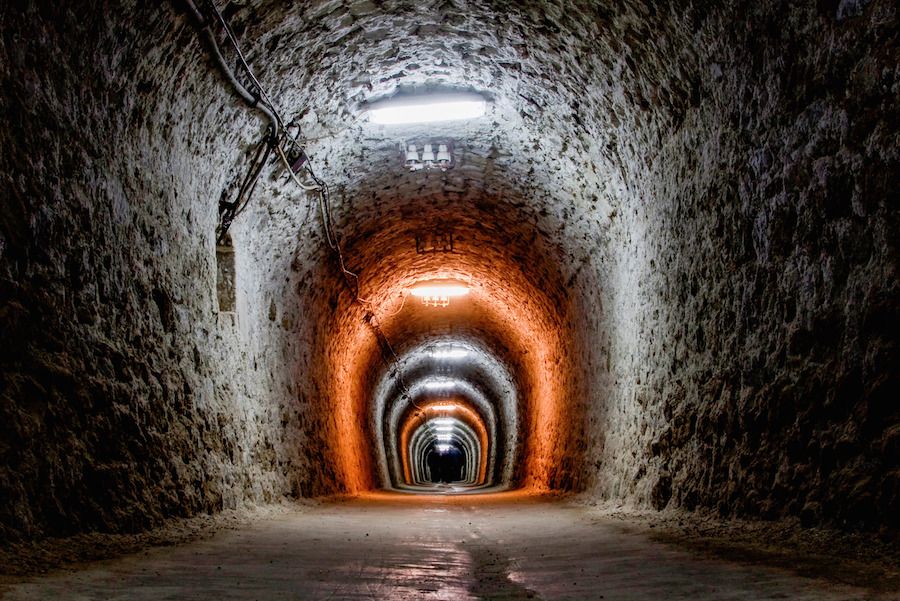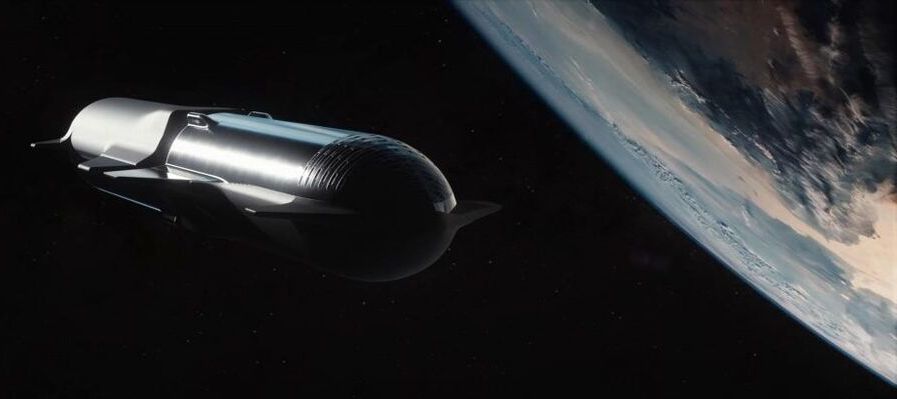Jackson continues by saying that blue hydrogen is “at best an expensive distraction, and at worst a lock-in for continued fossil fuel use” which would derail goals that the country and the world have set for decarbonizing the economy. He takes particular issue with the fact that oil and gas companies have asked the UK government for decades of subsidies while also claiming that blue hydrogen will be inexpensive to produce. “If the false claims made by oil companies about the cost of blue hydrogen were true, their projects would make a profit by 2030,” he told The Guardian.
Recent studies have questioned blue hydrogen’s low-carbon bona fides.
